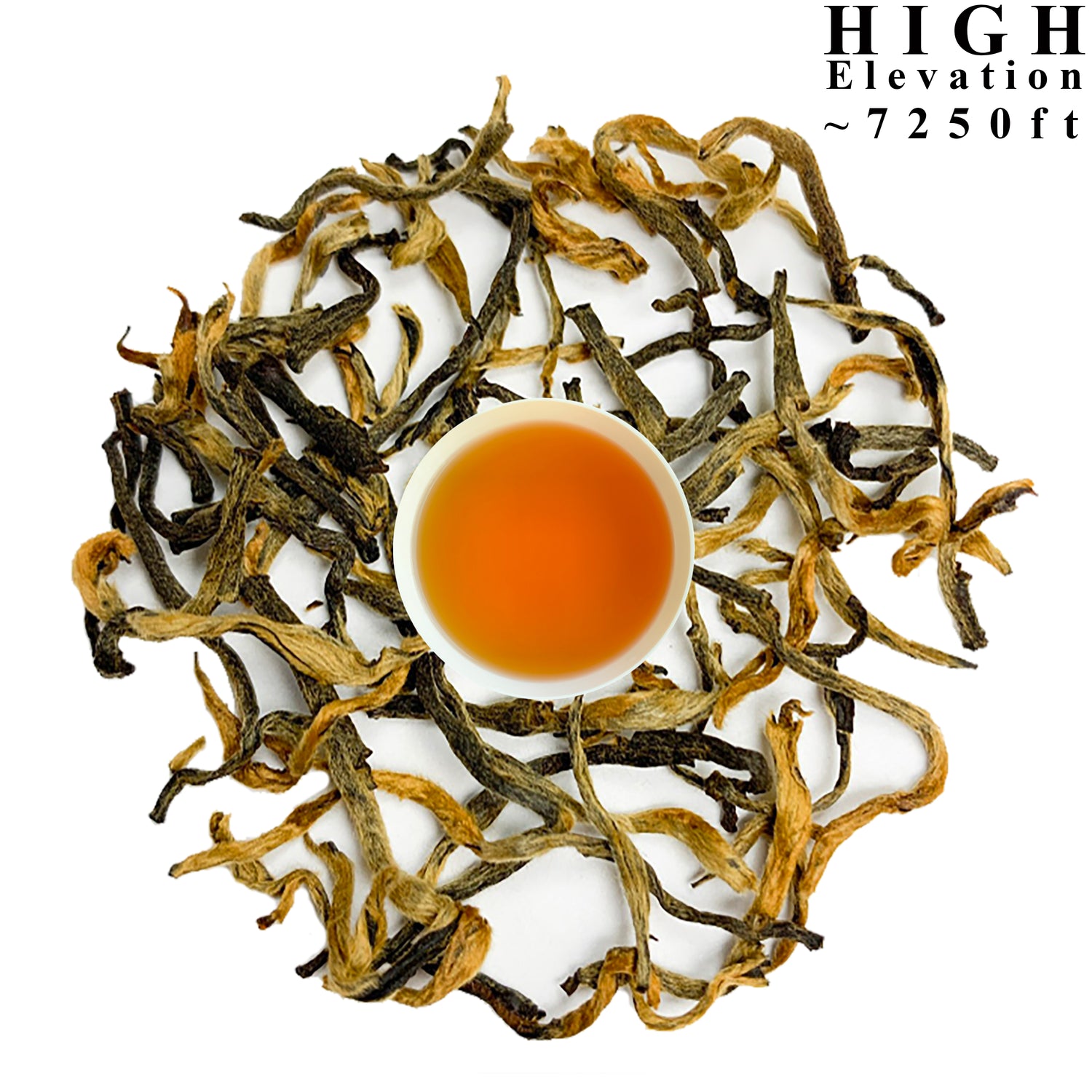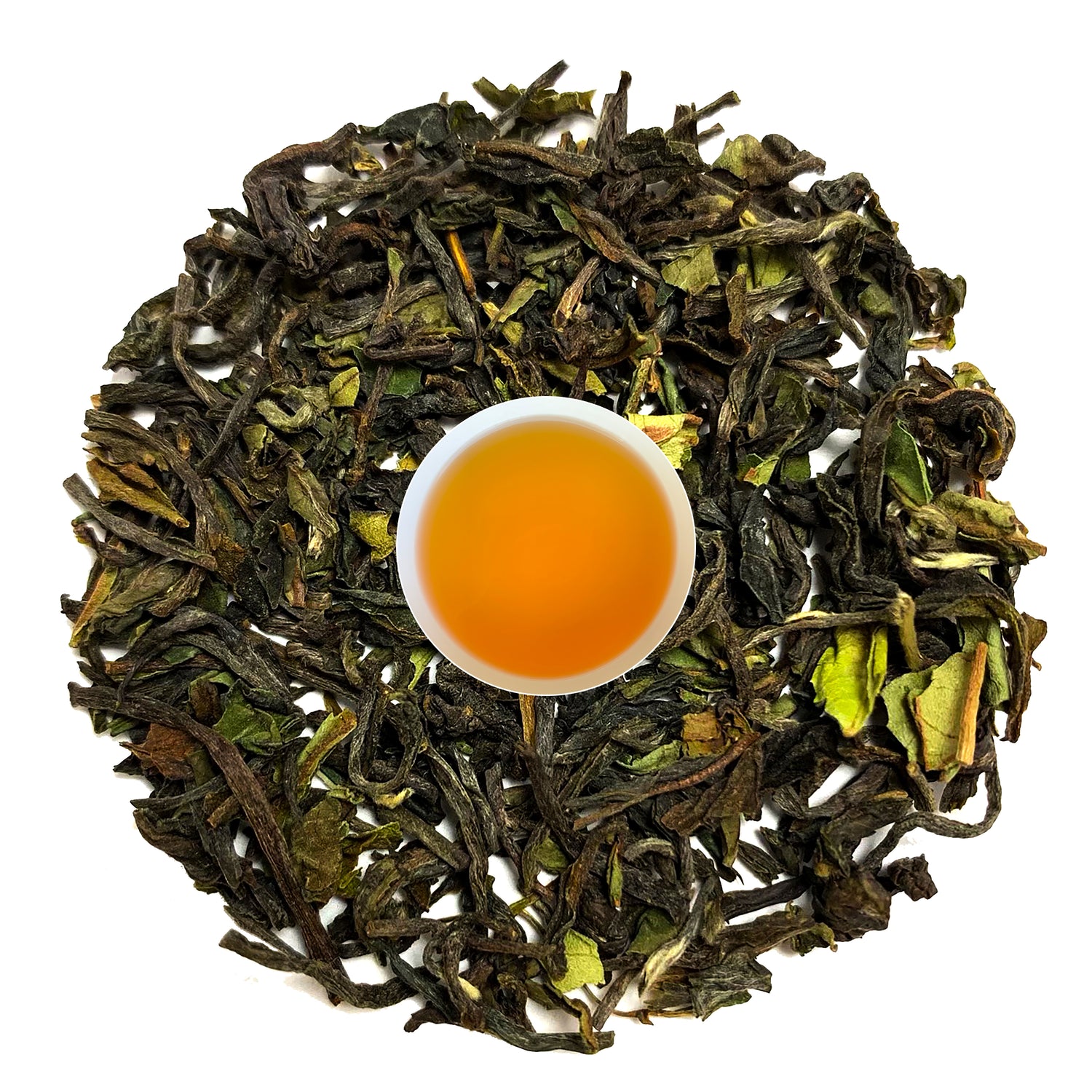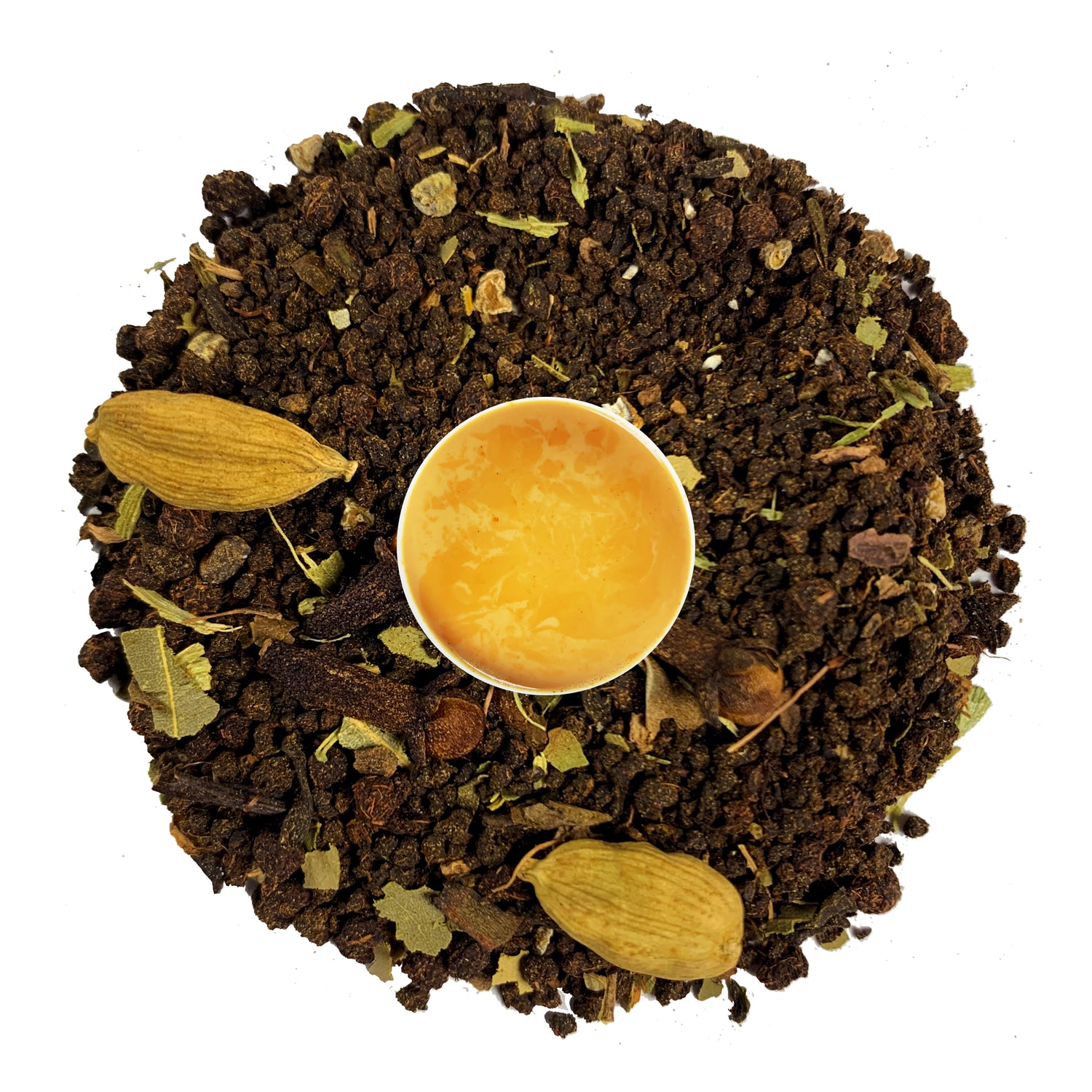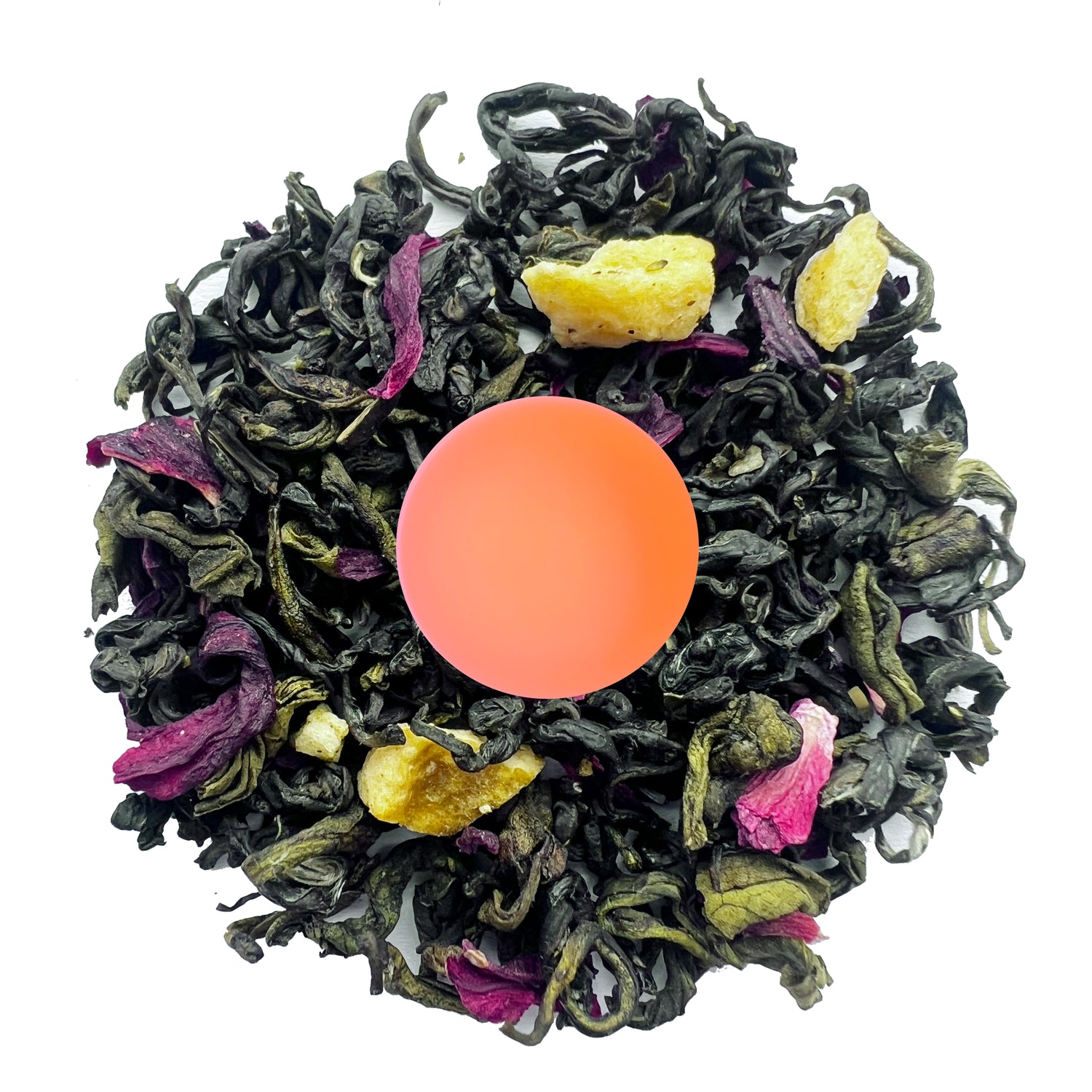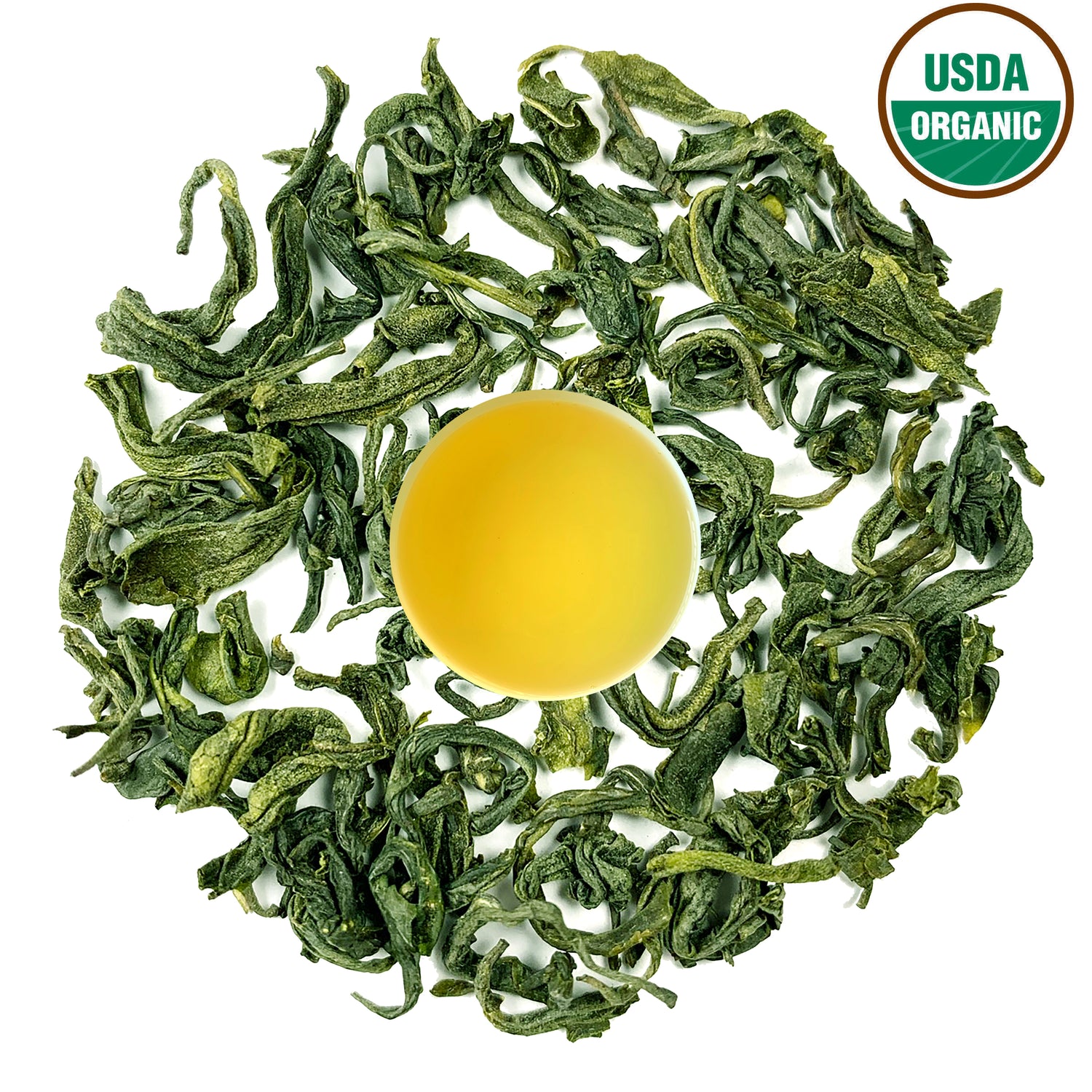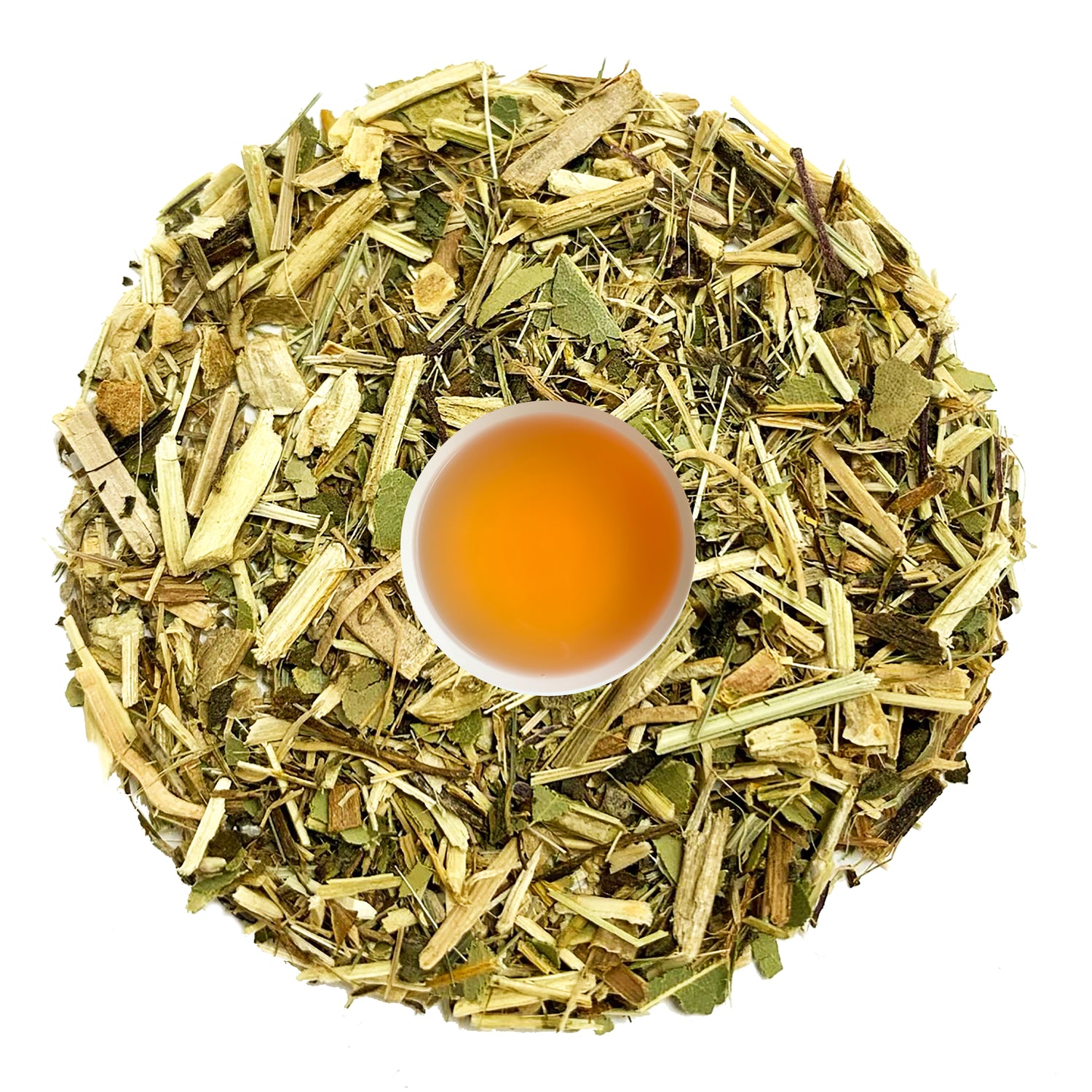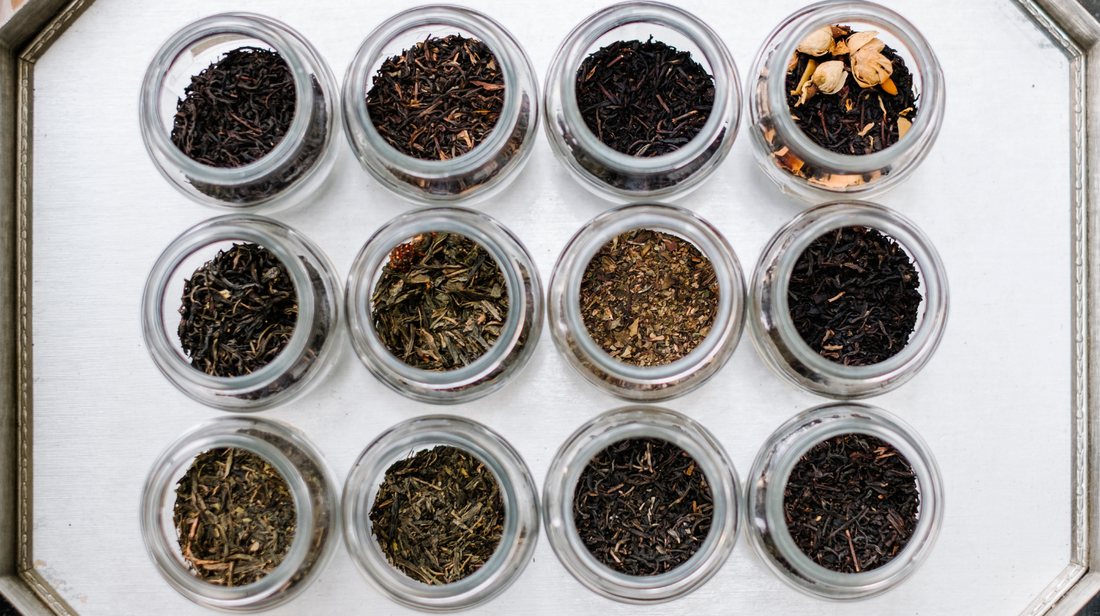
Tea Storage Tips: How to Keep Your Teas Fresh and Flavorful
If you’re like many tea lovers, your kitchen is probably home to a variety of teas from rich black blends to delicate green and herbal teas. There’s nothing quite like a fresh, perfectly brewed cup of tea, but sometimes, our tea stashes can lose their luster. The freshness starts to fade, the aroma diminishes, and that once vibrant flavor begins to flatten. Don’t panic, your tea just needs the right care and storage. Let’s walk you through some tea storage tips that will help keep your teas fresh, flavorful, and bursting with character for as long as possible.
1. Keep It Cool (But Not Too Cool)

Imagine leaving your favorite sweater in the hot sun. It wouldn’t be the same, right? Tea is a bit like that high temperatures degrade the essential oils and flavor compounds that make your tea so delightful. That means your tea should be stored in a cool place but not in the fridge! Tea prefers a consistent room temperature between 60–70°F (15–21°C).
Storing tea near heat sources, such as ovens, stoves, or direct sunlight, will speed up the deterioration process. High temperatures also tend to cause tea to lose its natural aroma. The ideal tea storage area should be somewhere that doesn’t fluctuate in temperature too much. Think of a pantry, cupboard, or kitchen drawer. Keep it dry, cool, and out of direct sunlight.
2. Keep Tea Away From Sunlight
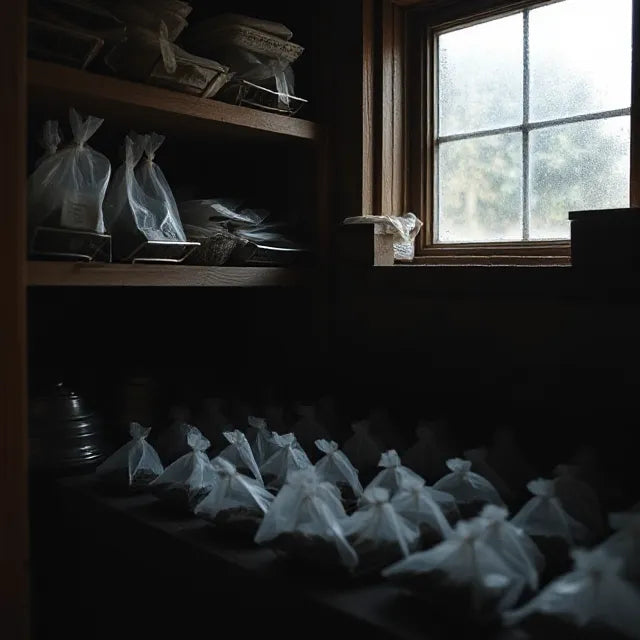
Tea is a delicate thing. Light, especially sunlight, can break down the very compounds that make tea taste great. The UV rays from sunlight cause oxidation, which can result in tea tasting stale or flat. To preserve the flavor and aroma of your tea, it’s best to store it in opaque or dark-colored containers that block out light. A dark container, like a solid metal tin or ceramic jar, will do the trick!
Storing your tea in a cupboard or pantry is also a great option because it prevents light exposure and keeps the tea from getting too warm. It’s like giving your tea a peaceful, dark corner to rest in while keeping all the goodness intact.
3. Airtight Containers Are a Must

If you’ve ever opened a bag of chips and found them stale after a few days, you know how important it is to seal things properly. Tea is no different. To maintain freshness, your tea needs to be stored in airtight containers. Air exposure is one of the biggest culprits when it comes to losing that signature flavor.
Without a proper seal, moisture, oxygen, and even odors from the surrounding environment can get into the tea and degrade it. That means it might lose its flavor, fragrance, and overall quality. Use containers made of metal, glass, or ceramic — just make sure they close tightly. If you’re a fan of loose-leaf tea, a glass jar with a good seal is ideal.
4. Humidity and Moisture: Keep It Dry!

Moisture is not your friend when it comes to tea storage. In fact, the more humid the environment, the more likely your tea is to go bad. Moisture can cause tea to clump, lose its flavor, or even grow mold. Avoid storing your tea in places where humidity is high, like the kitchen or bathroom.
If you live in a humid climate, consider using a desiccant (a substance that absorbs moisture) inside your tea container to keep your tea dry. And always ensure your tea storage container is completely dry before putting the tea inside. No moisture — no problem.
5. Keep Tea Separate From Strong Smells

Tea is like a sponge when it comes to picking up odors. This might sound odd, but storing your tea next to strong-smelling items like cleaning supplies, spices, or perfumes can actually affect its flavor. Even if you love that spicy chili scent in your kitchen, your tea definitely doesn’t.
Store your tea in a dedicated space away from any aromatic items. Consider putting it in a small drawer or a cabinet where it can stay free from any unwanted smells. The more your tea is protected from external odors, the better it’ll taste and smell.
6. Smaller Batches, Fresher Tea

If you tend to buy tea in bulk, it’s easy to overlook its freshness. Tea isn’t meant to be stored forever, and every time you open a large container, air and moisture get in, accelerating the tea’s decline. To avoid this, store your tea in smaller portions.
If you have a large batch of loose leaf tea, consider splitting it into smaller containers. This way, each time you open one container, you aren’t exposing the whole batch to air. Also, if you drink a lot of tea, consider buying smaller amounts more frequently to ensure you’re drinking it at its peak.
7. Use Containers with a Tight Seal

The type of container you use is incredibly important when it comes to storing tea. Airtight containers are essential for keeping your tea fresh. Whether you choose metal tins, ceramic jars, or glass jars, make sure they seal tightly. This prevents moisture, air, and light from sneaking in and affecting the tea’s flavor.
Avoid storing your tea in plastic containers or bags, as plastic can absorb odors and moisture. Also, glass containers should be used with caution, as they can be prone to cracking or breaking. Opt for sturdy containers that offer excellent protection.
8. Don’t Mix Tea Types
It might seem convenient to store all your teas in the same container, but it’s best to avoid mixing different types of tea. Each tea type has a distinct flavor and aroma, and when stored together, these characteristics can get muddled.
For example, if you store green tea with black tea, the flavors will blend, and the green tea’s delicate taste may be overpowered. Keep your tea types separated to preserve their individual qualities. It’s better to have a dedicated container for each type of tea, from black tea to herbal blends.
9. Check Your Tea Regularly
Even if your tea is properly stored, it’s always good to check it regularly to ensure it’s still fresh. Tea naturally loses its flavor over time, but with the right storage methods, you can extend its shelf life. If you notice a faded aroma or off-tasting tea, it may be time to replace it.
The more you check on your tea, the easier it will be to determine when it’s reached the end of its prime. Pay attention to any changes in color, texture, or smell. Trust your senses — the taste test is always the final judge!
10. Vacuum-Seal for Long-Term Preservation
For those who like to keep a large stash of tea, vacuum-sealing can be a game-changer. This method removes the air from the container, significantly reducing the amount of oxygen your tea is exposed to. As a result, your tea stays fresher for longer.
Vacuum-sealed bags are an excellent choice for long-term storage. If you have a big batch of tea you don’t plan on using right away, this method will protect it from light, moisture, and air — all of which can cause tea to lose its flavor over time.
Storing tea isn’t complicated, but it does require a little attention to detail. By following these tea storage tips, you’ll keep your teas fresh, flavorful, and ready to brew a perfect cup every time. Whether you’re enjoying a calming cup of chamomile or a bold Assam, taking care of your tea ensures you get the most out of every step.
FAQs: Your Tea Storage Questions Answered
1. How long can I keep my tea before it goes bad?
Tea doesn’t last forever, but each type has its own shelf life. Green tea generally stays fresh for around 6 months, black tea can last up to 12 months, and herbal teas typically keep for a year. After this, the tea’s aroma and flavor start to degrade. To get the most out of your tea, try to consume it within this time frame.
2. Can I store tea in the fridge?
It’s best to avoid storing tea in the fridge. The cold can cause condensation to form inside the container, leading to moisture buildup that damages the tea. The fridge is also filled with strong odors that your tea might absorb. Keep it in a cool, dry place instead.
3. Should I keep tea in its original packaging?
Once you open the package, it’s time to transfer your tea to a more secure container. Most commercial packaging isn’t designed to keep tea fresh once opened. Use airtight metal tins, ceramic jars, or glass containers to lock in flavor and freshness.
4. How do I know if my tea is still fresh?
A lack of aroma is the first sign that your tea may be past its prime. Fresh tea should have a rich, pleasant scent. If it smells flat or stale, it’s probably time to let it go. Also, if the flavor is weaker than usual or tastes off, it’s likely no longer fresh.
5. Can I store different types of tea together?
It’s best to store different types of tea separately. The flavors and aromas of tea can blend if they are stored together, which can lead to a less-than-ideal taste. For the best results, keep each tea type in its own container.
6. What kind of container should I use for tea?
Look for airtight containers made from metal, ceramic, or glass. These materials offer the best protection against light, air, and moisture. Avoid plastic containers, as they can absorb odors and moisture, which might affect the taste of your tea.
7. Does loose leaf tea need special treatment?
Yes! Loose leaf tea is a bit more delicate than bagged tea. Make sure to store it in airtight containers, keep it away from moisture, and protect it from light. If you buy loose leaf tea in bulk, vacuum-sealing can help preserve its freshness for longer.

